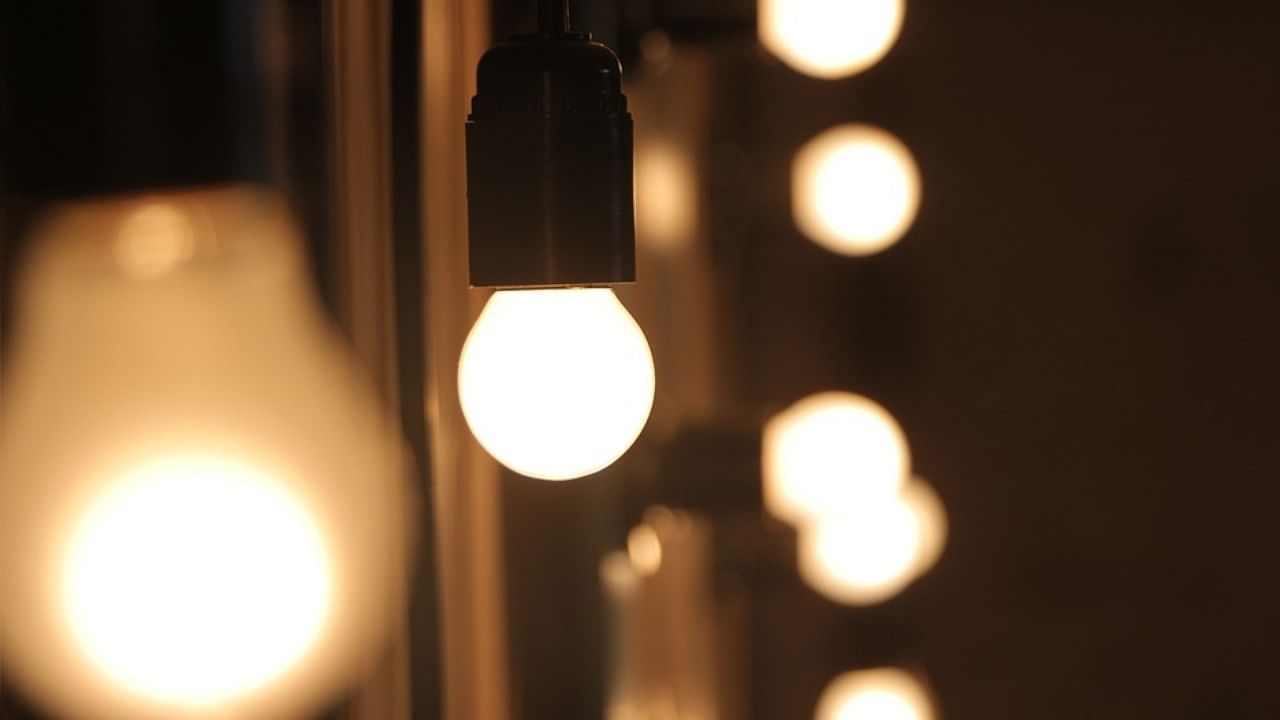
Among the sources of atmospheric pollution, the least noticed and the most inadequately discussed one is light pollution. Some studies have pointed out the growth of light pollution in recent years and its adverse impact on all living beings. It is caused by the increase in the presence of artificial light and the dimming of natural light. A new study has reported that the number of stars visible in the night is much less than it was even a few years ago. It was found that the brightness of the night sky increased on average by about 10 per cent every year between 2011 and 2022. This is more so in cities and their surroundings because they are much more lighted than rural areas. The change in the light pattern is an environmental issue, with implications on the health of all, including humans, insects, animals and plants.
The entire natural night life is disrupted by the increase in night lighting. There are large numbers of birds, animals and insects that actively live at night. Light pollution alters their behaviour and affects their daily activity and reproduction. Migrating birds navigate by tracking stars and natural night light and the presence of artificial lights confuses them. Large numbers of them are known to lose their sense of direction and die.
Also Read | Time for a light-smart life
In New York city, for instance, at least 100,000 migratory birds die colliding with brightly lit buildings at night. Urban light affects the reproduction of many insects, such as fireflies. It is feared that the India Carpenter Bee, which is seen near Mumbai, will soon be extinct. There are some researchers who fear that bees and nocturnal insects could disappear, and our entire ecosystem could collapse as a result. Farming is adversely impacted in many ways. Exposure to bright, artificial lights can affect the human body clock also.
It is time to start fighting light pollution. It must be ensured that minimum artificial lighting is done in the night and outdoor lights should be set up downwards and not upwards. The amount of light should be regulated. Other suggestions include the switching off of lights when they are not needed and the use of lights of longer wavelengths, like yellow or red. Some countries and cities have started taking measures to check light pollution. In 2021, Pittsburgh in the US decided to control night lighting. In Australia, there are guidelines that encourage natural darkness. There are recommendations for painting the surface of buildings, etc., and prescriptions for light audits. Reduction in night lighting can lead to energy and economic gains as well. Growing urbanisation is the main reason for light pollution. It should receive greater attention in India.